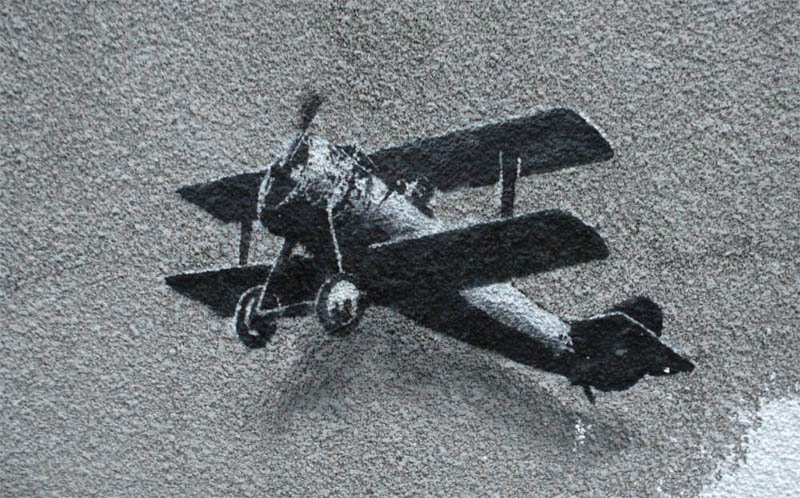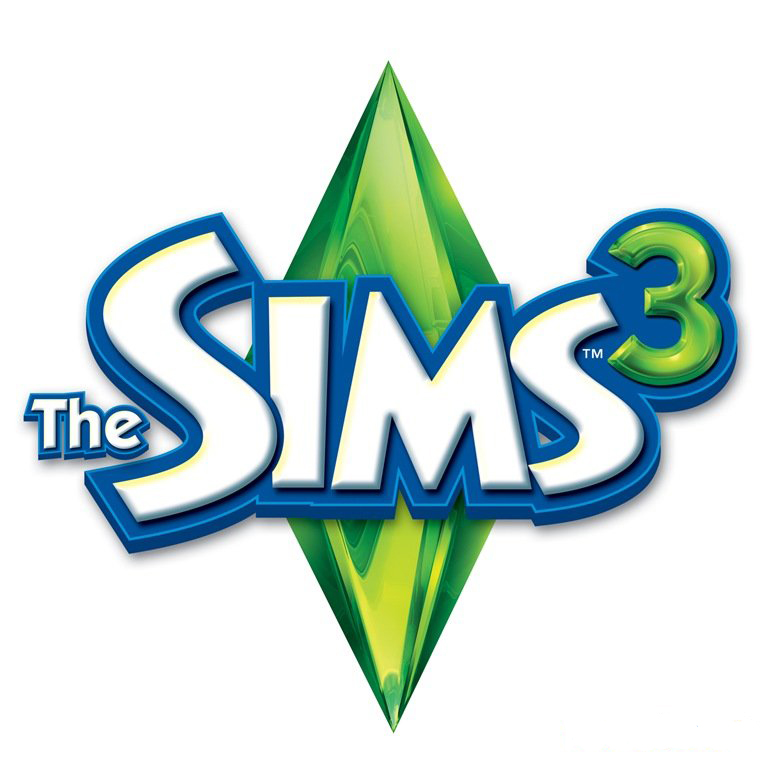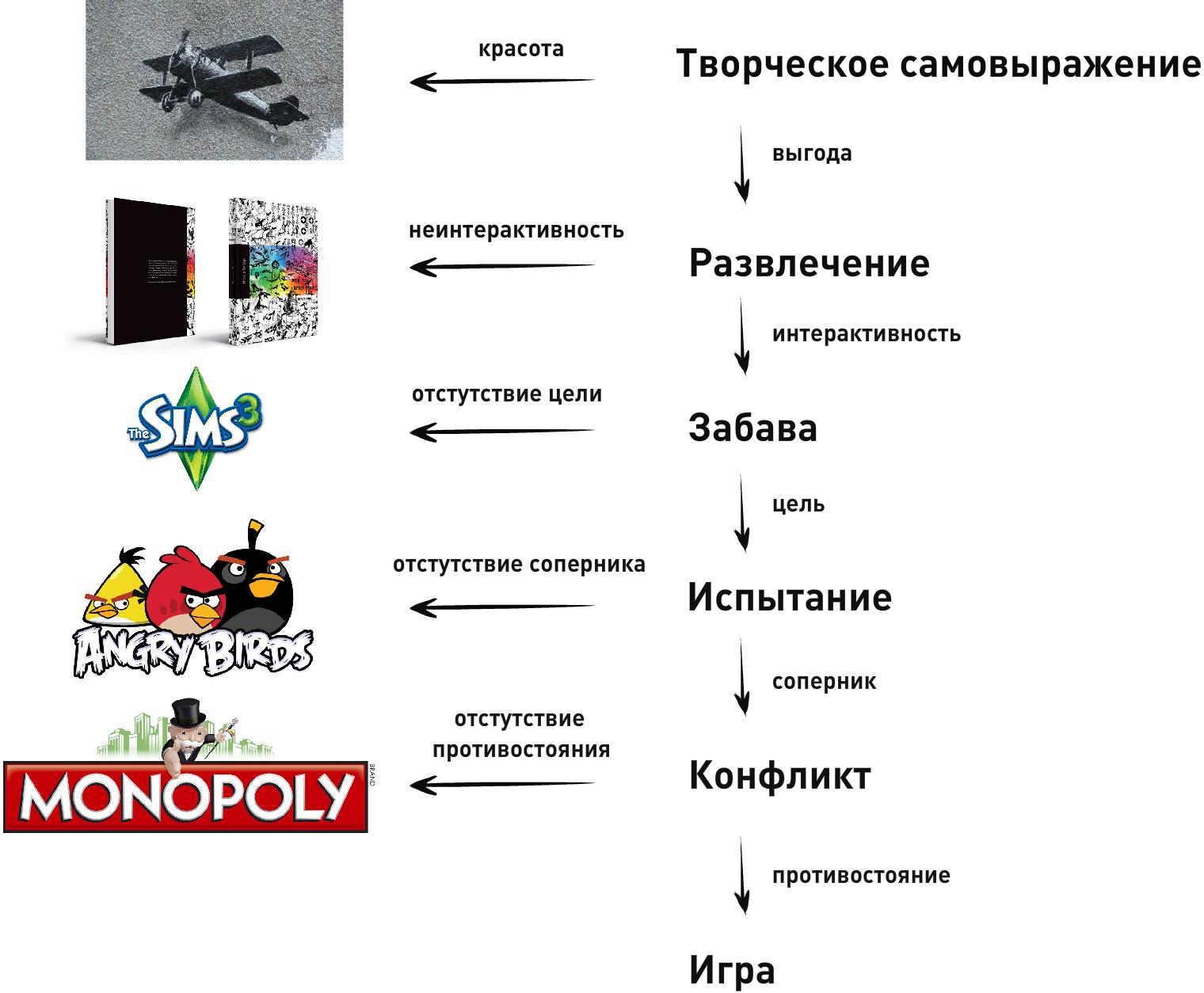Taxonomy of creative expression
The purpose of this article: to try to uncover the concept of the game, as well as its role in the works. Understand what distinguishes the Game from Art, Cinema and Literature?
I think we should start by defining what taxonomy is. Taxonomy according to Wikipedia - the doctrine of the principles and practice of classification and systematization.
Of all the approaches to isolating the game segment of the product, the most interesting and easy to read, in my opinion, is the method proposed by Chris Crawford. Chris Crawford is a game designer and writer who distinguished himself by a number of great games in the 1980s, the founder of The Journal of Computer Game Design and the organizer of the Computer Game Developers Conference.
In his book “Chris Crawford on game design,” he defines this method as a taxonomy of creative expression.

Fig.1 Taxonomy of creative expression for Crawford
')
According to the taxonomy proposed by Crawford, the top link of such a chain is " Creative Self-Expression " - a concept that is broad enough to include all the work we are interested in.
It is divided into sub-categories by the question “What is the main motivation of the author?”. If the author’s goal was to extract benefits, then the result goes into the “ Entertainment ” category. If the author's motivation is to create something beautiful, the work goes into the category of " Art ."

Fig.2 Work of street artist Banksy.
Let's take a closer look at the “ Entertainment ” category. It is broken down into sub-categories with the question “Is the product interactive?”. If not, then this product falls into the same class to which books, movies, productions, etc. belong.

Fig.3 Book "Bead Game"
I used the rather dubious term “ Fun ” to define interactive entertainment. I agree that the term is not the most successful, but it is rather difficult to choose a normal alternative to the English “plaything”. For " Amusing, " the dividing question would be "Is there a specific goal associated with the use of this object?" If not, then most likely it is " Toy ."

Pic.4 The Sims 3 game logo
The player uses toys in an unstructured manner, without pursuing any particular goal. This does not mean that the player’s actions are arbitrary, the player can explore the game, determining the behavior of the toy. Player research can be structured, but such a structure will not be aimed at achieving any goal, except for studying the behavior of the system itself.
An example of such behavior is the behavior of a child playing with a beetle as a toy and trying to determine the reaction of the beetle to various obstacles that the child puts in front of him. However, if the child has a goal - to limit the movement of the beetle to certain limits, the beetle ceases to be just a toy. Such games as “The Sims” and “SimCity” can be representatives of this category of products.
If a specific goal is pursued, then this product falls into the category " Testing ". This is opposing oneself to a specific problem. The separating question for such a category will be the question "Is there a valid agent in such a test that you are competing with?". A similar question brings us to the rather tricky subject of perception. What can be a valid agent of rivalry? We are accustomed to the fact that such acting agents are people. However, the advent of computers blurred this concept. When playing against a computer, you do not play against a living being, but against algorithms that are put in place, which can resemble human behavior, especially when they replay you.
This problem can be solved by reducing it to simpler concepts.

Fig.5 Let's try to simplify
Imagine a child playing with a ball. From the point of view of the child, the behavior of the ball is unusual. According to "child physics," things fall after you drop them, but the ball bounces back. This violates the laws of "child physics", so the ball cannot belong to the class of objects subject to "child physics". Since it cannot belong to the class of non-living objects, it can only refer to the only remaining class of objects known to the child: the class of living objects, such as people and animals. For a child, the ball has some free will and therefore is perceived as an active agent. Such a chain of reasoning brings us to the topic of perception of the user and the main question becomes "Does it seem that there is an active agent with whom you are competing?". If the answer is no, then this product falls into the category of " Puzzle ",

Pic.6 Logo of the Angry Birds game
otherwise it is a " Conflict ". The difference between conflict and puzzle is strictly subjective. Many simple video games initially seem to be “ Games ”, but after a certain time, the player understands the algorithms involved and the process turns from “ Games ” into “ Puzzle ”. Ultimately, this separation depends on the perception of the player.
" Conflicts " are trials with purposeful opponents. This category is divided into two subcategories: " Competitions " and " Games ". Chris Crawford shares these two categories, the ability of players to attack each other. If we consider this point with the modern game vocabulary, then this is the presence of player-versus-player mode (PlayerVsPlayer-PVP). If the opponents are forbidden to interfere with each other and all their attention should be focused only on achieving their own results, then such a conflict is called " Competition ".

Pic.7 Monopoly game logo
Another example of " Competition " - auto racing. According to the classic auto racing rules, direct contact with each other (collisions or other direct attacks against each other) is prohibited. If such actions are allowed, then such activity from the class of races goes into the category "Game".

Fig.8 Taxonomy with illustrative examples
Thus, according to the taxonomy cited by Crawford, a game is a conflict in which players act on each other directly in order to prevent the enemy from achieving their goals.
If we consider this issue from the point of view of the mathematical theory of games, then Crawford considers only non-zero-value non-zero-coalition games as games.
In my next article, I will try to reveal this taxonomy from the point of view of the mathematical apparatus of game theory.
I think we should start by defining what taxonomy is. Taxonomy according to Wikipedia - the doctrine of the principles and practice of classification and systematization.
Of all the approaches to isolating the game segment of the product, the most interesting and easy to read, in my opinion, is the method proposed by Chris Crawford. Chris Crawford is a game designer and writer who distinguished himself by a number of great games in the 1980s, the founder of The Journal of Computer Game Design and the organizer of the Computer Game Developers Conference.
In his book “Chris Crawford on game design,” he defines this method as a taxonomy of creative expression.

Fig.1 Taxonomy of creative expression for Crawford
')
According to the taxonomy proposed by Crawford, the top link of such a chain is " Creative Self-Expression " - a concept that is broad enough to include all the work we are interested in.
It is divided into sub-categories by the question “What is the main motivation of the author?”. If the author’s goal was to extract benefits, then the result goes into the “ Entertainment ” category. If the author's motivation is to create something beautiful, the work goes into the category of " Art ."

Fig.2 Work of street artist Banksy.
Let's take a closer look at the “ Entertainment ” category. It is broken down into sub-categories with the question “Is the product interactive?”. If not, then this product falls into the same class to which books, movies, productions, etc. belong.

Fig.3 Book "Bead Game"
I used the rather dubious term “ Fun ” to define interactive entertainment. I agree that the term is not the most successful, but it is rather difficult to choose a normal alternative to the English “plaything”. For " Amusing, " the dividing question would be "Is there a specific goal associated with the use of this object?" If not, then most likely it is " Toy ."

Pic.4 The Sims 3 game logo
The player uses toys in an unstructured manner, without pursuing any particular goal. This does not mean that the player’s actions are arbitrary, the player can explore the game, determining the behavior of the toy. Player research can be structured, but such a structure will not be aimed at achieving any goal, except for studying the behavior of the system itself.
An example of such behavior is the behavior of a child playing with a beetle as a toy and trying to determine the reaction of the beetle to various obstacles that the child puts in front of him. However, if the child has a goal - to limit the movement of the beetle to certain limits, the beetle ceases to be just a toy. Such games as “The Sims” and “SimCity” can be representatives of this category of products.
If a specific goal is pursued, then this product falls into the category " Testing ". This is opposing oneself to a specific problem. The separating question for such a category will be the question "Is there a valid agent in such a test that you are competing with?". A similar question brings us to the rather tricky subject of perception. What can be a valid agent of rivalry? We are accustomed to the fact that such acting agents are people. However, the advent of computers blurred this concept. When playing against a computer, you do not play against a living being, but against algorithms that are put in place, which can resemble human behavior, especially when they replay you.
This problem can be solved by reducing it to simpler concepts.

Fig.5 Let's try to simplify
Imagine a child playing with a ball. From the point of view of the child, the behavior of the ball is unusual. According to "child physics," things fall after you drop them, but the ball bounces back. This violates the laws of "child physics", so the ball cannot belong to the class of objects subject to "child physics". Since it cannot belong to the class of non-living objects, it can only refer to the only remaining class of objects known to the child: the class of living objects, such as people and animals. For a child, the ball has some free will and therefore is perceived as an active agent. Such a chain of reasoning brings us to the topic of perception of the user and the main question becomes "Does it seem that there is an active agent with whom you are competing?". If the answer is no, then this product falls into the category of " Puzzle ",

Pic.6 Logo of the Angry Birds game
otherwise it is a " Conflict ". The difference between conflict and puzzle is strictly subjective. Many simple video games initially seem to be “ Games ”, but after a certain time, the player understands the algorithms involved and the process turns from “ Games ” into “ Puzzle ”. Ultimately, this separation depends on the perception of the player.
" Conflicts " are trials with purposeful opponents. This category is divided into two subcategories: " Competitions " and " Games ". Chris Crawford shares these two categories, the ability of players to attack each other. If we consider this point with the modern game vocabulary, then this is the presence of player-versus-player mode (PlayerVsPlayer-PVP). If the opponents are forbidden to interfere with each other and all their attention should be focused only on achieving their own results, then such a conflict is called " Competition ".

Pic.7 Monopoly game logo
Another example of " Competition " - auto racing. According to the classic auto racing rules, direct contact with each other (collisions or other direct attacks against each other) is prohibited. If such actions are allowed, then such activity from the class of races goes into the category "Game".

Fig.8 Taxonomy with illustrative examples
Thus, according to the taxonomy cited by Crawford, a game is a conflict in which players act on each other directly in order to prevent the enemy from achieving their goals.
If we consider this issue from the point of view of the mathematical theory of games, then Crawford considers only non-zero-value non-zero-coalition games as games.
In my next article, I will try to reveal this taxonomy from the point of view of the mathematical apparatus of game theory.
Source: https://habr.com/ru/post/194798/
All Articles